Cinsault, also known as Cinsaut, is a red wine grape that has been gaining popularity in recent years. While it may not be as well-known as other varietals like Cabernet Sauvignon or Pinot Noir, Cinsault has a rich history and unique characteristics that make it stand out in the world of wine.
In this article, we’ll explore the origins of the varietal, its journey to South Africa, and its impact on the country’s wine industry. We’ll also delve into the taste profile of Cinsault and provide some food pairing suggestions for this versatile wine.
The Origins
The grape variety known as Cinsault has a long history dating back to the 16th century when it was first documented in the southern Rhône region of France. Over the centuries, it has become a popular choice for winemakers looking to enhance the colour and body of their wines through blending with other grape varieties like Grenache and Syrah. This versatile grape has played a crucial role in the production of many renowned wines from the same region.
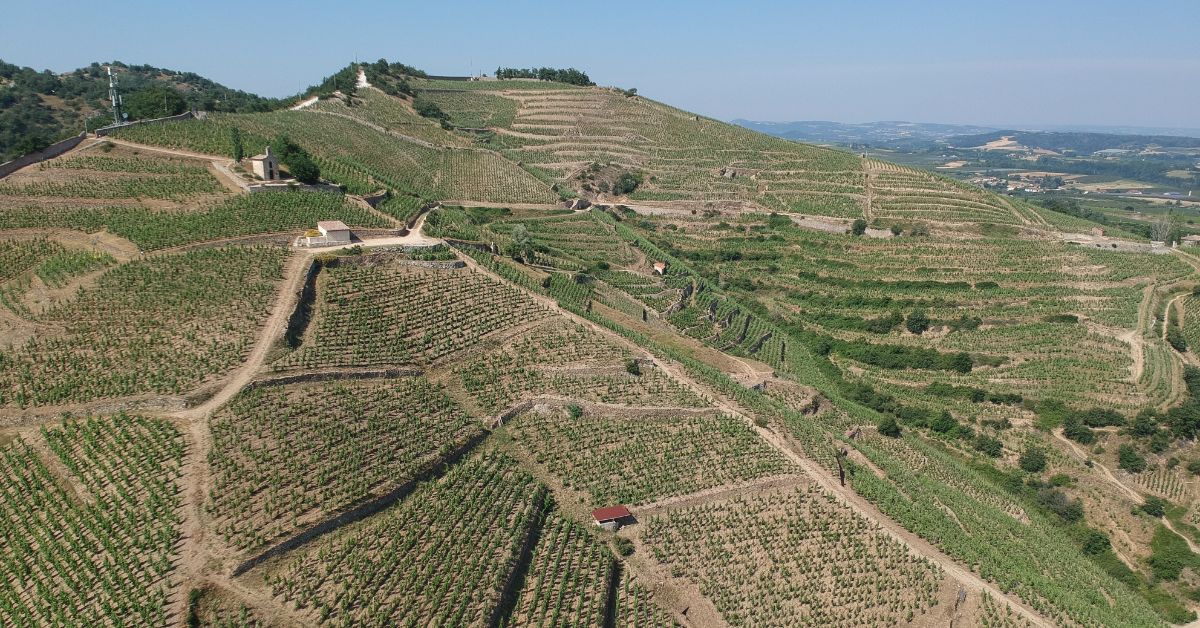
The Journey to South Africa
In the late 19th century, a group of French Huguenots seeking refuge from religious persecution brought the grape to South Africa. This grape variety, known for its resilience and adaptability, soon found a welcoming home in the country’s hot and arid climate.
The Cinsault grape quickly gained popularity among South African winemakers, who appreciated its ability to flourish in challenging conditions and produce high-quality wines.
In South Africa, the grape variety was actually once recognised as Hermitage and then later referred to as Cinsault. This grape earned recognition for its role in the creation of Pinotage, a renowned South African grape resulting from its crossing with Pinot Noir in 1925. The varietal’s versatility allowed for the production of diverse wine styles, such as white wines, rosés, dry and sweet red wines, as well as brandy and port.
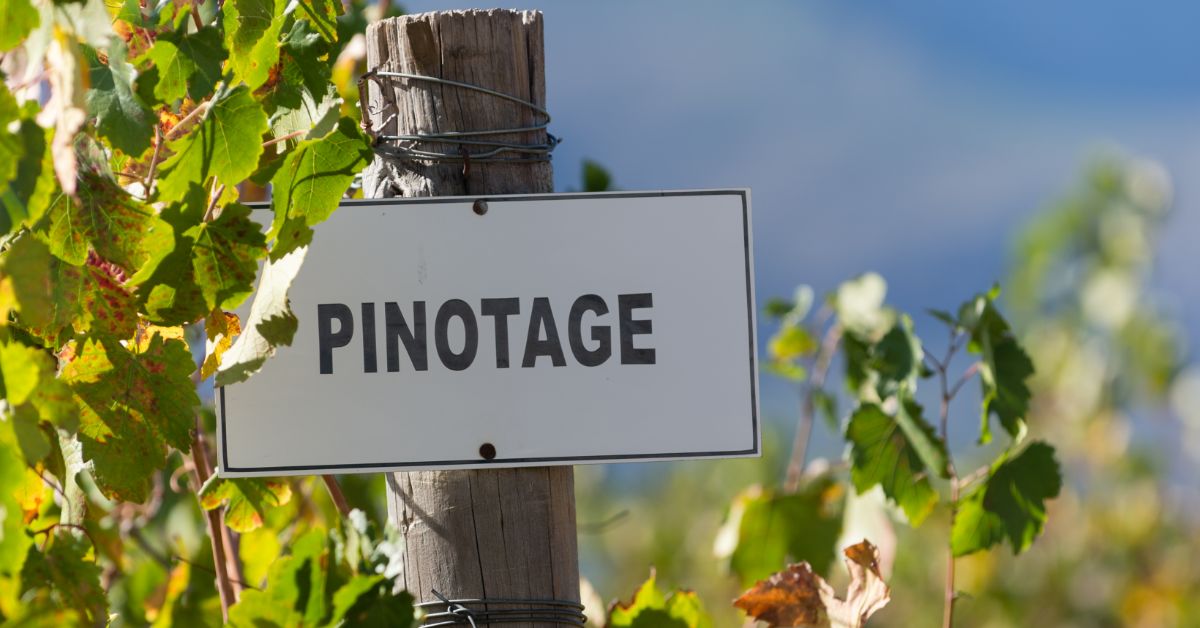
While Cinsault was primarily used in blends with other grapes, in the 1960s, it gained recognition as a single varietal wine. This was due in part to the efforts of winemaker Charles Back, who saw the potential of the grape and began producing it as a standalone wine.
Cinsault Wines in South Africa
Cinsault has played a significant role in the wine history of South Africa, and in the early 20th century, it was the most widely planted grape in the country.
However, in the 1970s, there was a shift towards more international varietals, and it fell out of favour. It wasn’t until the 21st century that winemakers began to rediscover the potential of Cinsault and its unique characteristics.
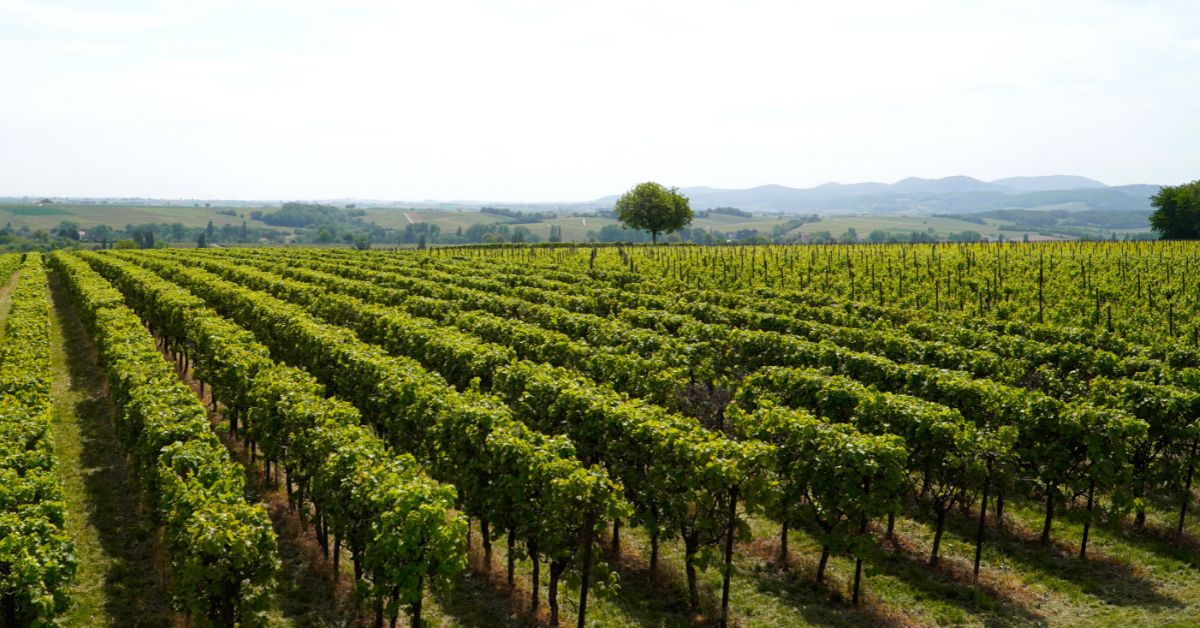
Cinsault is extensively cultivated, with noteworthy ancient vineyards in Stellenbosch, Franschhoek, Darling, and the Swartland being utilised to create high-quality wines with aspirations of excellence. In 2023 the percentage of red wine vineyards sat at 45%, and 2% of those were Cinsault.
The Future of the Varietal in South Africa
Cinsault is experiencing a resurgence in South Africa, with more and more winemakers recognising its potential. It is now being used in a variety of styles, from light and fruity to more complex and age-worthy wines.

With its ability to thrive in the country’s hot climate and its unique characteristics, this grape varietal is poised to become a staple in South African wine production.
Is Cinsault Similar to Pinot Noir?
Cinsault is often compared to Pinot Noir due to its light body and delicate flavours but there are some key differences between the two varietals.

While both grapes produce light-bodied red wines, Pinot Noir is known for its complexity and ability to age, while Cinsault is best enjoyed young. Pinot Noir also tends to have higher tannins and a more pronounced earthiness, while Cinsault is fruit-forward and easy-drinking.
What Does Cinsault Wine Taste Like?
The different styles of Cinsault wines in South Africa include a wide range of expressions, reflecting the versatility and adaptability of this grape variety. From robust and lively wines, to premium wines from old vines, this varietal has emerged as a star in its own right.

Cinsault is known for its light to medium body and low tannins, making it a smooth and easy-drinking wine. It typically has aromas of red fruits, such as cherry and raspberry, with some earthy and floral notes.
On the palate, this varietal is often described as juicy and refreshing, with flavours of red berries and a hint of spice. It has a lower alcohol content compared to other red wines, making it a great option for those who prefer a lighter style of wine.
Tasting Notes from Bonnievale Wines
For those seeking an authentic wine experience that is refreshingly unpretentious, Bonnievale Wines assures delightful wines that consistently surpass expectations.
At Bonnievale Wines, we produce two fabulous expressions of Cinsault:
Bonnievale The Vale Cinsault Brut Rosé
The Vale Cinsault Brut Rosé from Bonnievale tantalises with effervescent bubbles that complement the luscious flavours of strawberries and cherries, and so a delightful, crisp experience awaits in every sip.

Bonnievale The River Collection Cinsault Rosé 2023
The River Collection Cinsault Rosé 2023 embodies the classic style of Southern France, offering a refreshing and dry profile. This wine is light, aromatic, and abundantly fruity.
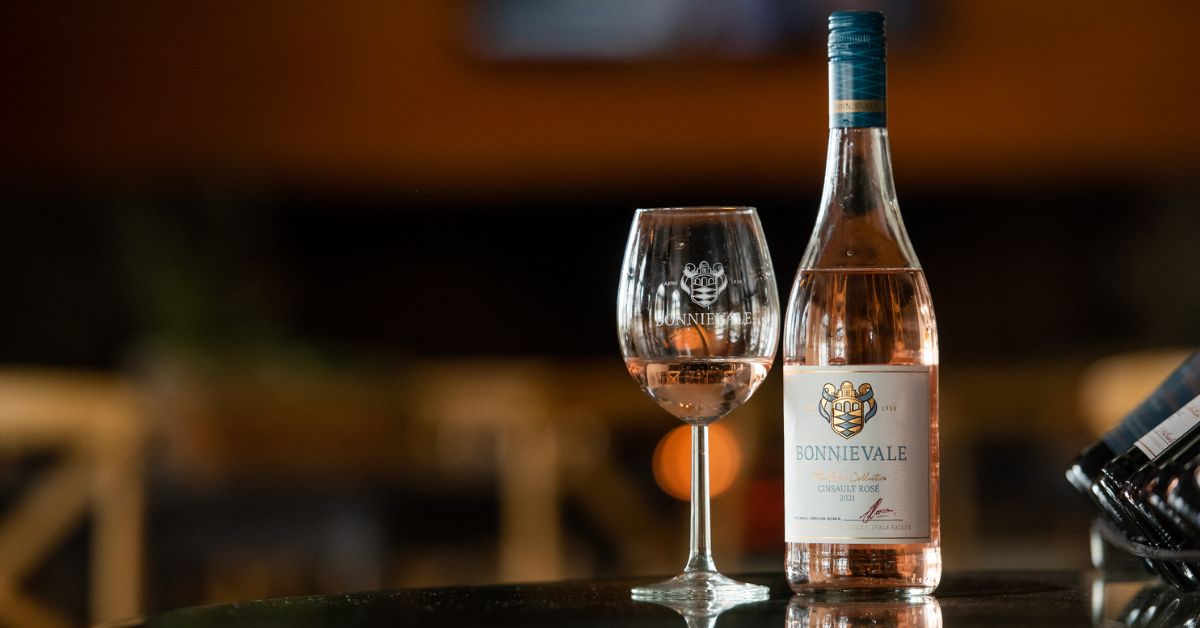
When Should I Drink Cinsault?
This is a highly versatile wine that offers a delightful drinking wine pairing experience either on its own or when paired with a wide range of delectable dishes. With its light body and low tannins, this delightful wine is a perfect match for a variety of lighter fare, including grilled fish, succulent roasted chicken, and a colourful array of vegetarian dishes filled with vibrant flavours and textures. Whether sipped leisurely or savoured alongside a delicious meal, Cinsault is sure to please even the most discerning of palates.
Bonnievale Cinsault Food and Wine Pairing

The River Collection Cinsault Rosé pairs beautifully with cheeses on the salty side, such as feta and halloumi, as well as seafood and salads. It is also a delicious accompaniment to canapés.
The Bonnievale The Vale Cinsault Brut Rosé is not just perfect served as an aperitif but also delectable when enjoyed with fresh garden salads as well as delectable seafood options.
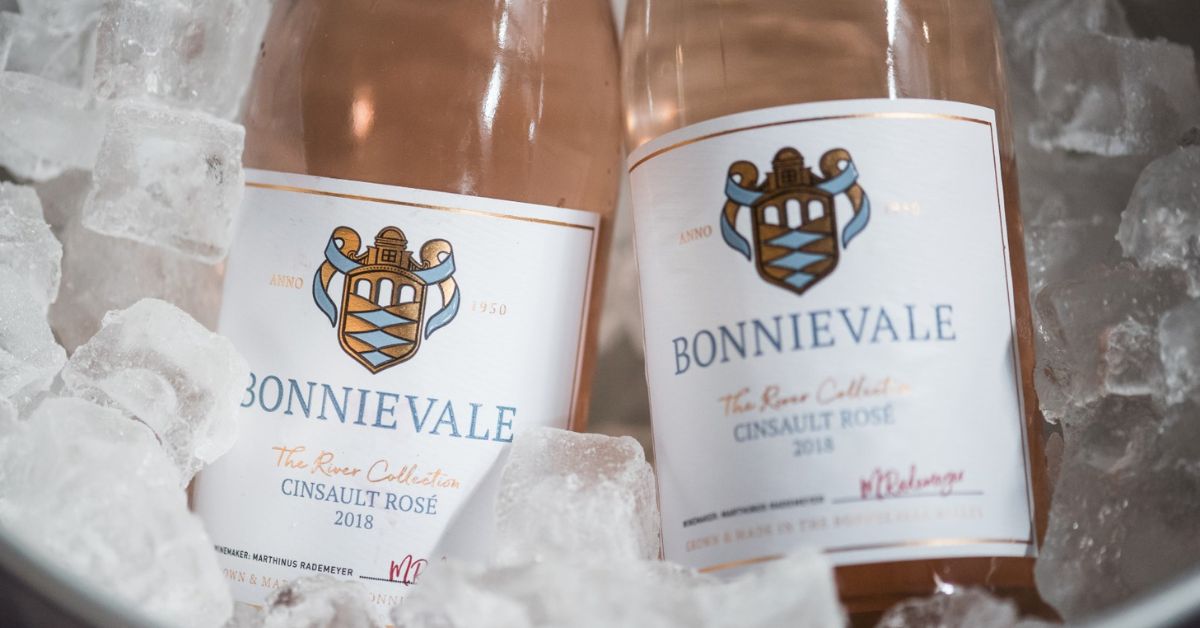
Visit Bonnievale Wines
Experience the delightful flavours of our extensive range of acclaimed wines, encompassing a variety of white, red, rosé, and sparkling options, by joining us for a wine tasting. Delight in the offer of 3 wines for R35.00 or 5 wines for R55.00. For groups of 5 or more, we highly recommend securing a table at our Bonnievale Wine Cellar to guarantee a memorable visit.
Bonnievale Wines
At Bonnievale Wines, we have two of the best Cinsault in South Africa, including the acclaimed 2023 River Collection Cinsault Rosé priced at only R73.00 a bottle, and The Vale Cinsault Brut Rosé available for R101.00 a bottle, which can be conveniently purchased from our online shop.Stay informed about all the newest developments at Bonnievale Wines by connecting with us on Facebook or Instagram. For any inquiries about our Cinsault wines or to learn more about our brand, feel free to contact us at 023 616 2795 or via email at info@bonnievalewines.co.za.

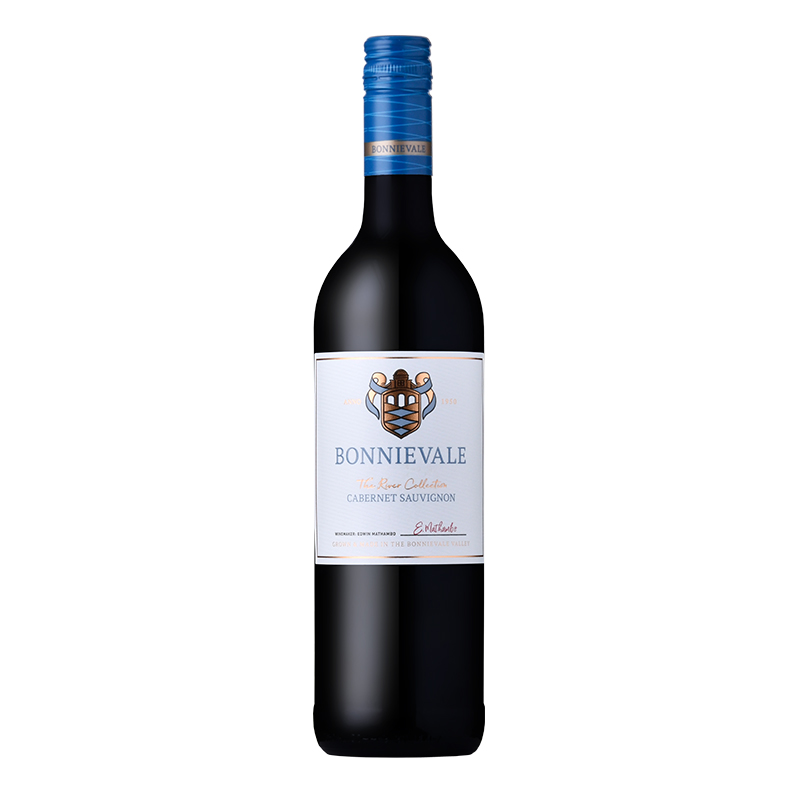
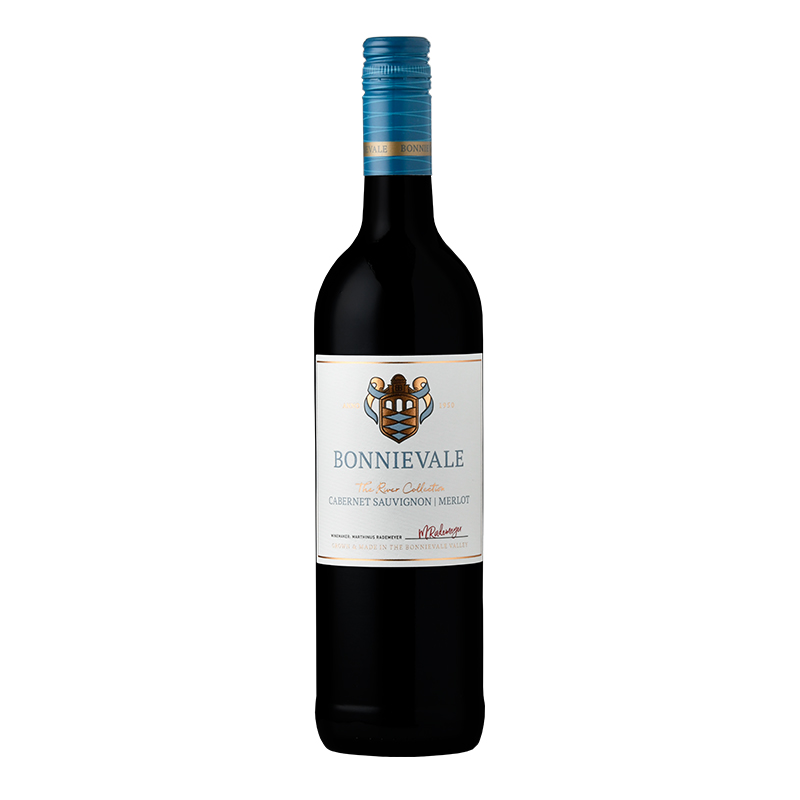

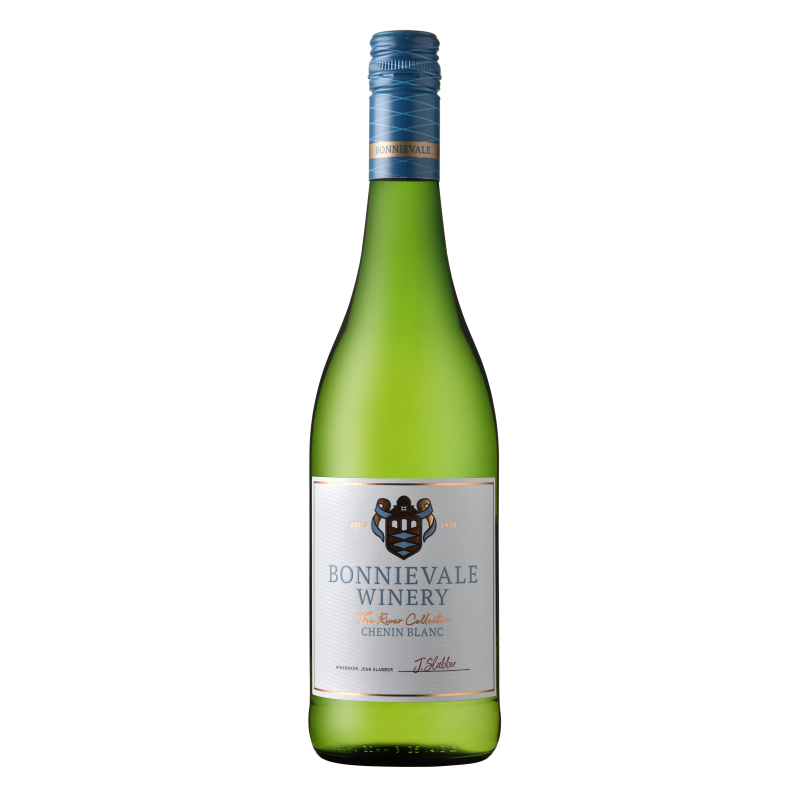
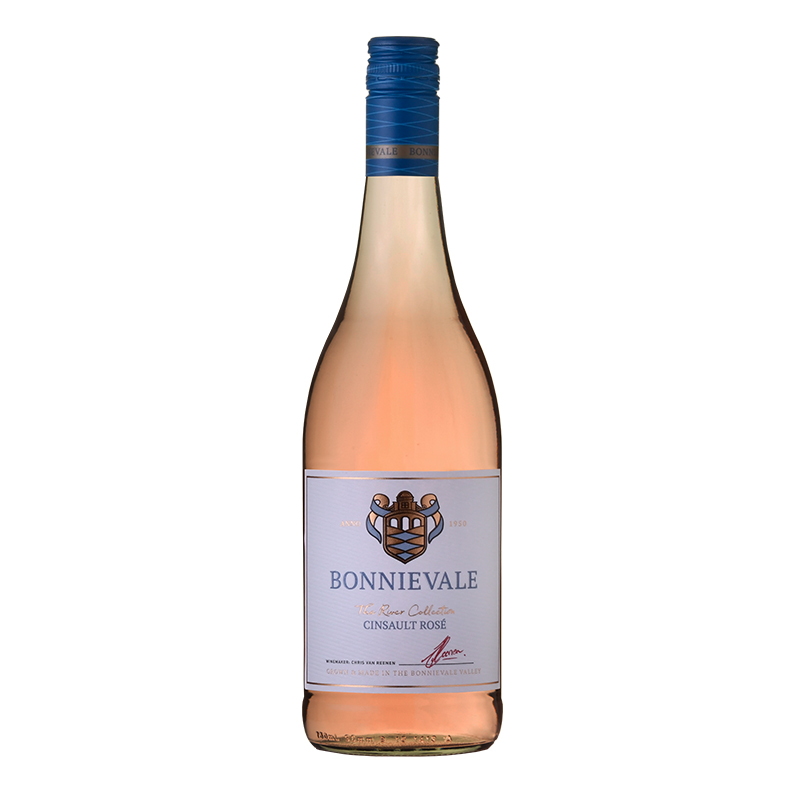
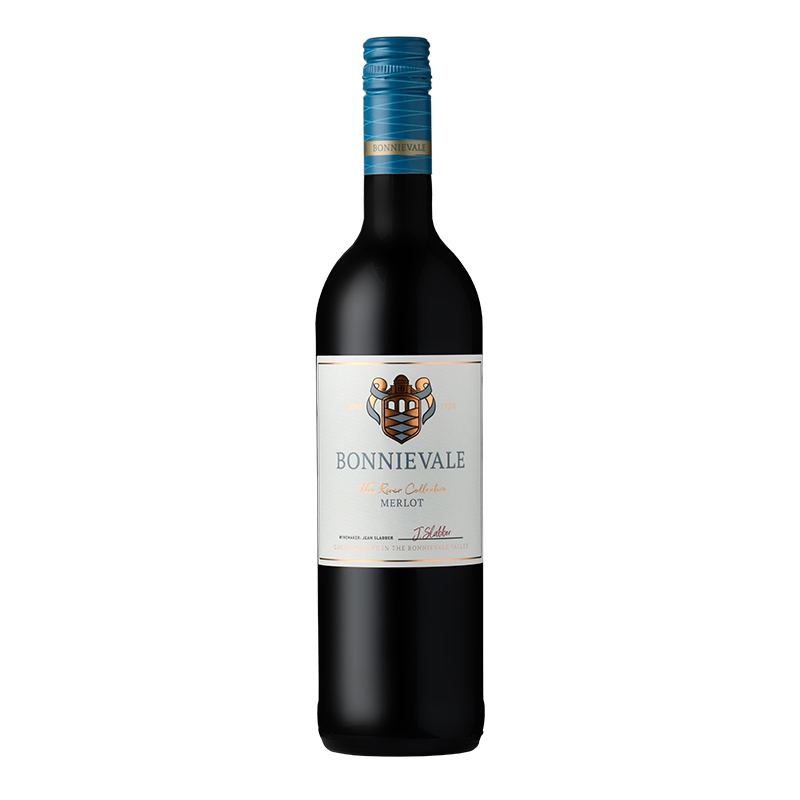
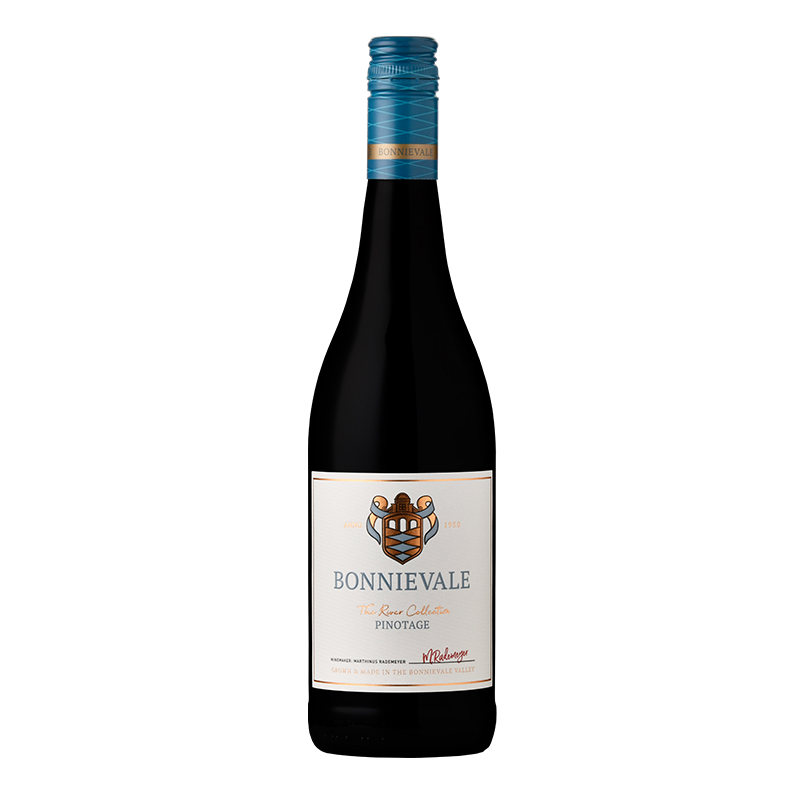
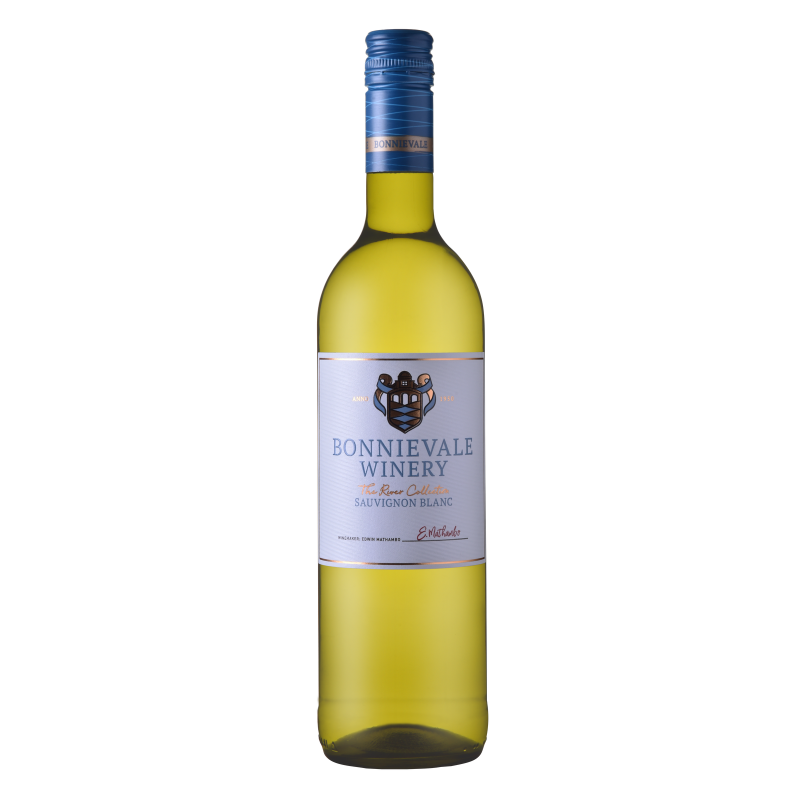


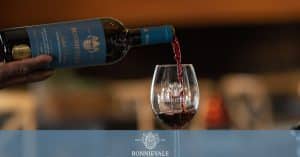





Leave a reply